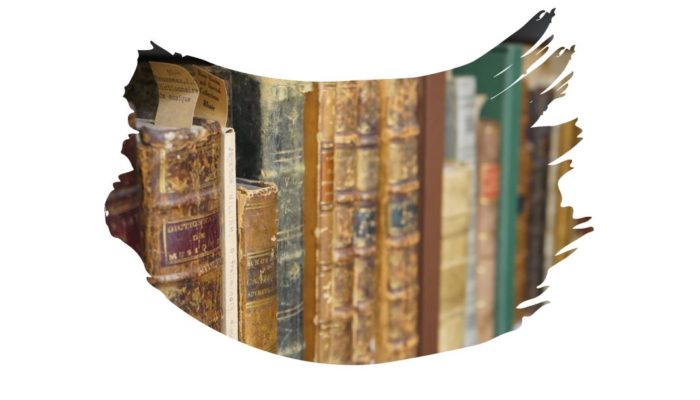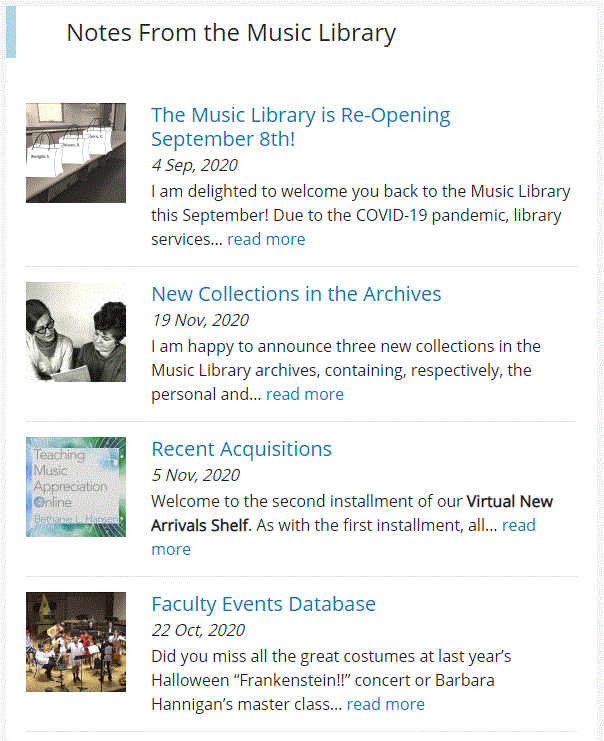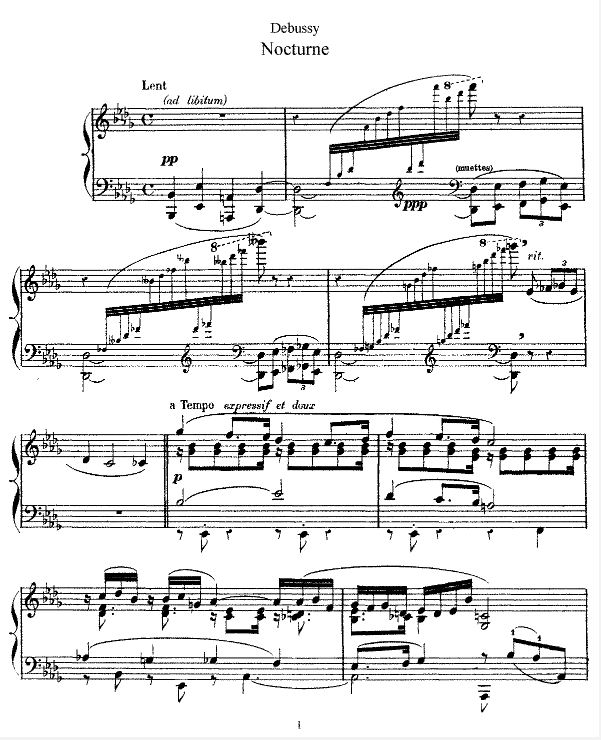Learn about the benefits of constructing a multi-year internship from a MLIS student's perspective.

Back to blogging: Revitalizing blogs in the age of COVID
By Trevor Deck and Rebecca Shaw
When the pandemic hit in March 2020, the University of Toronto Music Library temporarily closed its doors and we needed a new way to communicate with our users. Our answer was Notes from the Music Library, a bi-weekly blog with updates on library resources and services. Although we could have chosen other forms of outreach, we decided to go “back to blogging” because we wanted to connect with all library users—faculty, staff, students, alumni, and external researchers—and provide our own staff with new opportunities to engage in outreach activities.
Archives, sheet music, vinyl and more: the Music Library
The Music Library is one of 44 libraries at the University of Toronto. We are located inside the Edward Johnson building, which houses the Faculty of Music. Ours is the largest music research collection in Canada:
- 300,000 books, periodicals, and music scores
- 200,000 sound recordings
- 2,600 items in our rare book vault
- 160 metres of archival materials
Because music materials require special binding treatments, playback equipment, and specialized knowledge (for example, the ability to read music notation), our library functions as both a special library and an academic library.
Finding the right platform: Email vs. blog

Before launching the blog on the library’s website, we considered a couple of outreach options to provide users with regular library updates: an email newsletter for students, staff, and faculty; or a blog, hosted on an external blogging service (WordPress or Blogger.com).
We decided against an email newsletter to limit the inundation of messages flooding inboxes during the pandemic, and so we could reach users outside of the Faculty of Music.
We chose to host the blog on our library’s existing Drupal website to minimize the workload required to maintain multiple platforms and the number of locations that users would be required to visit. This option also allowed us to capitalize on Drupal’s blog module and integrate blog content seamlessly into the website’s existing navigation structure.
The blog appears as a block on the music library homepage. This space features recent blog posts, promoting blog content and providing an easy access point for readers.
Developing content and engaging staff
Notes went live on April 13, 2020 and initially, we were the sole contributors.
We decided that each post would feature different types of content—text, images, original video, and embedded content from the Internet Archive—to engage the readers. Recent blog posts are shared over the library’s social media channels (Facebook, Twitter, and Instagram), providing another avenue for users to interact with and react to blog content. Occasionally, posts are also shared within the University of Toronto Library community, via its weekly newsletter “In the Loop”.

Trevor is the U of T music and film collections librarian and, in his initial posts, he chose to update readers on e-resources in order to highlight materials that they could access during the library shutdown.
For example, one of his early posts provided readers with options for accessing music scores online (posted April 30, 2020).
Rebecca is the music archivist at U of T and she decided to highlight items from the library’s special collections, focusing on accessible, digitized material in the library’s Internet Archive collection, including “A tasting menu of classical rare books” (May 14, 2020).
Content from the Internet Archive could be embedded directly into the blog post, capitalizing on the International Image Interoperability Framework (IIIF), allowing the author to take the reader on a quasi-virtual tour. See below for example, a first edition publication of Orphée et Euridice by Christoph Willibald Gluck (Paris: Chez des Lauriers, [1774?]).
As the blog has progressed, other staff members and students have come forward and offered to write content. Having more “voices” has meant that we have a broader and more interesting range of information and stories to share with our readers.
Here is a sample of some of the posts that we’ve published:
- One of our graduate students, Elizabeth Robinson, worked with BA student Tegan Ridge to prepare a post based on her award-winning essay entitled “Love and War: The Sound World of Othmar Schoeck’s Penthesilea”. Tegan won the 2020 University of Toronto Libraries Patricia and Peter Shannon Wilson Undergraduate Research Prize for her work in a music theory independent study course. In the post, she investigates Penthesilia and includes audio clips of chords featured in her analysis.
- Another of our graduate student assistants, Tegan Niziol, wrote a post on the library’s Faculty events database and recent work to increase access to programs and audio-visual recordings from this collection.
- At the beginning of September, library director Jan Guise wrote a welcome-back post, replete with “a silent film” on what to expect when the library partially re-opened for curbside pickup and study spaces.
- And most recently, Jay Lambie, one of our library technicians, has revitalized a service previously provided in the form of a hard copy newsletter and discontinued in the 1990s: lists of recent acquisitions added to the library catalogue. To date, Jay has compiled two “virtual new arrivals shelves”: October 8, 2020 and November 5, 2020.
Coda: Results and future postings
Remote work environments necessitated by COVID-19 have spurred organizations around the world to consider new or different means of communication. While web blogs are certainly not a new concept, the creation of Notes from the Music Library has demonstrated to us the importance of sharing information with our stakeholders in a variety of fashions.
We have seen increased traffic to the blog in the time since it was launched, as well as a noted increase in our social media engagement. This endeavour represents just one example of the countless ways in which the pandemic has sparked a re-imagination of how we can most effectively communicate with our communities.
In our latest post, “Songs of Winter” (December 3, 2020), we feature scores and audio recordings from our collection, to get everyone ready for the winter season.
Next year marks our 100th anniversary, and there are exciting plans afoot for virtual celebrations. In 1921, the University of Toronto took over ownership and operation of the Toronto Conservatory and the conversatory library collection became the basis for today’s U of T Music Library. Stay tuned to Open Shelf in the new year as we launch a series of articles that commemorate the centenary and look to the future.
Music & Film Collections Management Librarian Trevor Deck works at University of Toronto Libraries. Prior to his current position, Trevor received a Master of Library and Information Studies at the University of British Columbia in 2014, and held a variety of roles focused on both collections management and digital services in public and academic libraries in Vancouver and Vancouver Island. He was also recently appointed to the member-at-large position on the Canadian Association of Music Libraries board (2020-2022) and vice chair/chair elect on the New York State/Ontario Chapter of the Music Library Association (2020-2021). Trevor can be reached at trevor.deck [at] utoronto.ca.
Music Archivist Rebecca Shaw works at the University of Toronto Music Library. Before moving to Toronto, she received her Master of Library and Information Studies (2018) and Master of Arts in Musicology (2019) from Dalhousie University, and has held various positions in university and museum archives and as a music research and teaching assistant. When not building box forts in the Music Library archives, Rebecca works on digital humanities research with medieval chant manuscripts. Rebecca can be reached at r.shaw@utoronto.ca.


